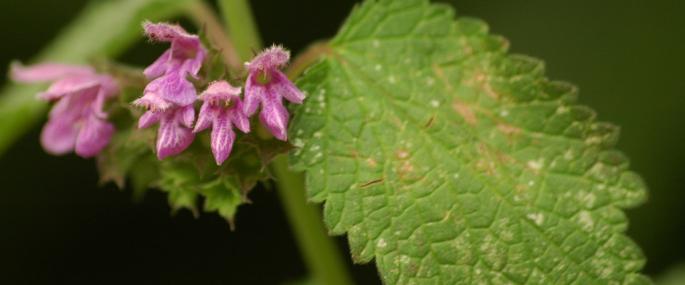Growing in hedgerows, roadside verges and waste grounds, Black Horehound is a common, perhaps unremarkable, plant with one defining feature - its pungent, rotten smell. This smell, particularly apparent when the leaves are crushed, keeps herbivores away and gives it a local name of 'Stinking Roger' in some places. It flowers between June and September.
Although they sometimes don't look especially wildlife-friendly, our roadside verges and waste grounds can provide valuable habitats for all kinds of plants and animals from Black Horehound to Black Redstarts. The Wildlife Trusts get involved in different projects to help make these places as beneficial for wildlife as possible. We have a vision of a 'Living Landscape': a network of habitats and wildlife corridors across town and country, which are good for both wildlife and people. You can support this greener vision for the future by joining your local Wildlife Trust.
